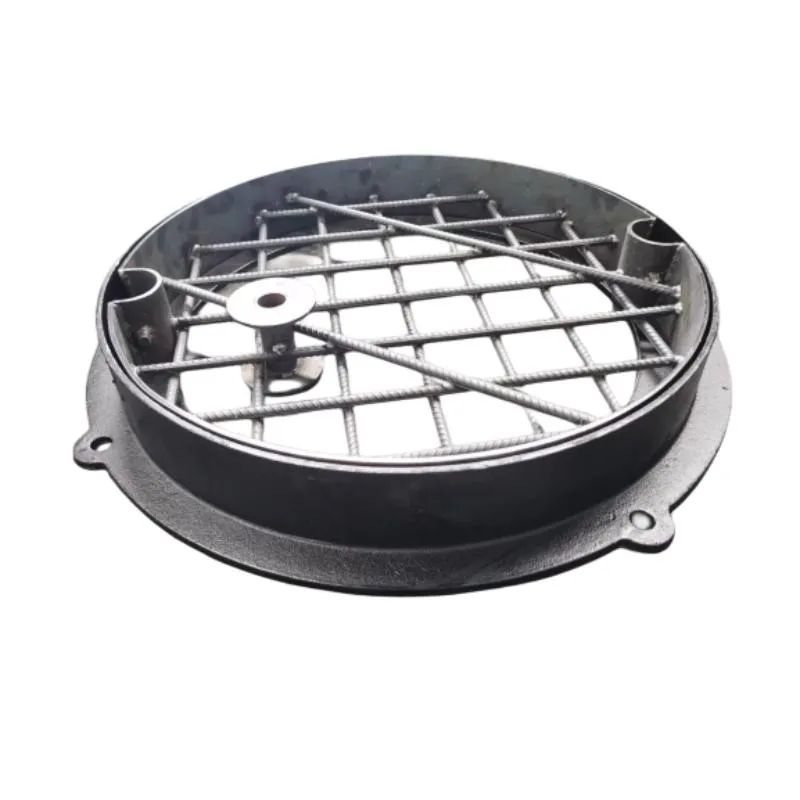Exploring the Depths of Urban Infrastructure and Step Manhole Design
Understanding Step Manholes An Essential Component of Urban Infrastructure
In urban environments, the intricate mesh of systems that keep a city functioning often goes unseen underground. One crucial element of this subterranean network is the step manhole. While it might seem like a simple structure, the step manhole plays a vital role in ensuring the effective management and maintenance of sewer systems, utility lines, and other underground infrastructures.
What is a Step Manhole?
A step manhole, often referred to simply as a manhole, is an access point in the sewer system that allows maintenance personnel to enter underground facilities safely. They are typically circular with a removable cover and can be made from various materials, including concrete, plastic, or metal. The step aspect refers to the series of steps built into the walls of the manhole, allowing workers to descend and ascend safely while providing secure footing.
Design and Construction
The design of step manholes is crucial for their functionality and safety. Engineers must consider the size and depth of the manhole based on the specific requirements of the systems it serves. Factors such as the volume of wastewater, the types of utilities running through the area, and local soil conditions all influence the design process.
The interior of a step manhole often features smooth surfaces to facilitate the flow of wastewater and minimize the accumulation of debris. The steps are typically cast into the walls at regular intervals, ensuring that they are easily reachable by technicians during maintenance tasks. Additionally, manhole covers are designed to withstand heavy loads from traffic above, ensuring safety and durability.
Importance in Urban Infrastructure
Step manholes serve several critical functions in urban infrastructure
step manhole

1. Access for Maintenance Regular maintenance is essential for preventing blockages, leaks, and other issues in the sewer system. Step manholes provide the necessary access points for technicians to conduct inspections and repairs.
2. Monitoring Systems Step manholes can also serve as monitoring stations. Operators can visually inspect flow levels, take water quality samples, and assess the condition of the pipes and surrounding infrastructure. This data is vital for ensuring the health and efficiency of the system.
3. Emergency Access In the event of a flood, sewage overflow, or other emergencies, step manholes allow for quick access to the system, enabling faster response times to mitigate potential damage.
4. Ventilation Proper ventilation is essential in sewer systems for the dissipation of gases such as methane. Step manholes are often designed with ventilation features that help to manage these gases, ensuring a safer working environment for maintenance staff.
Challenges and Innovations
Despite their importance, step manholes face several challenges. One major issue is the aging infrastructure in many urban areas. Many manholes were installed decades ago and may not meet current safety or environmental standards. Additionally, issues such as infiltration of stormwater or the accumulation of debris can complicate the maintenance process.
Innovations in technology are helping to address these challenges. Smart sensors can now be installed within step manholes to monitor flow rates and detect blockages in real time. These advancements enable cities to respond more quickly to issues, thereby reducing the risk of larger problems down the line.
Conclusion
In conclusion, step manholes are more than just access points to the underground systems that support modern urban life. They are critical components that ensure the effective management of sewer systems and utility lines, allowing cities to function efficiently and safely. As urban areas continue to grow and age, understanding and improving the infrastructure, including step manholes, will remain a vital task for engineers and city planners. Continued innovations in monitoring and maintenance technologies will help ensure that these essential access points meet the demands of the future. Ultimately, step manholes are a testament to the complex and often invisible networks that underpin our daily lives, supporting the infrastructure that keeps cities thriving.
-
The Smarter Choice for Pedestrian AreasNewsJun.30,2025
-
The Gold Standard in Round Drain CoversNewsJun.30,2025
-
The Gold Standard in Manhole Cover SystemsNewsJun.30,2025
-
Superior Drainage Solutions with Premium Gully GratesNewsJun.30,2025
-
Superior Drainage Solutions for Global InfrastructureNewsJun.30,2025
-
Square Manhole Solutions for Modern InfrastructureNewsJun.30,2025
-
Premium Manhole Covers for Modern InfrastructureNewsJun.30,2025
